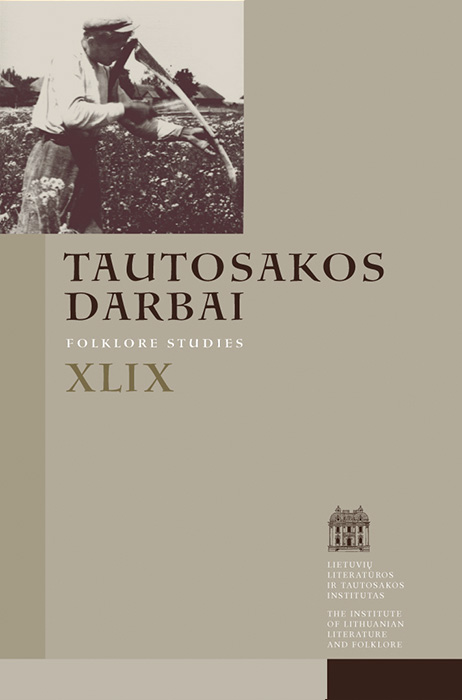Tradicinis anekdotas: iš ko juokėsi XIX a. pabaigos–XX a. vidurio lietuvis
Santrauka
Straipsnyje glaustai aprašomi Lietuvoje nuo XIX a. pabaigos iki XX a. vidurio užrašyti anekdotai, išskiriamos vyravusios humoro temos, pašaipos objektai ir mėginama atsakyti į klausimą, iš ko ir kodėl juokėsi XIX a. pabaigos–XX a. vidurio lietuvis. Tyrimui pasitelkiami Lietuvių literatūros ir tautosakos instituto Lietuvių tautosakos rankraštyne sukaupti ir susisteminti to laikotarpio anekdotai, kurie, atsižvelgiant į juos papasakojusių žmonių amžių, gali atspindėti ir ankstesnių laikų realijas.
Atsisiuntimai
Nėra atsisiuntimų.
